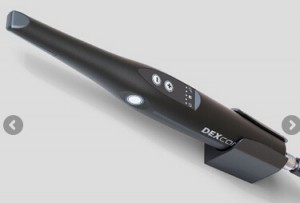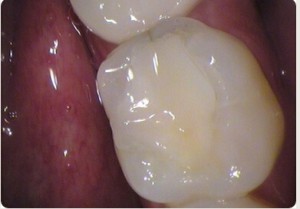Poor dental autoclave sterilizer Maintenance – If the autoclave is not properly cleaned and maintained, buildup will occur that will contaminate the entire system, including the handpieces that are sterilized in it.
Using a Chemical Wipe Down on a Handpiece Before Sterilizing – This is not only redundant, but it may multiply harmful reactions when the handpiece is put through the high temperatures of an autoclave cycle.
Using an Ultra Sonic Cleaner – Handpiece should never be immersed into any fluids.
Removing a high speed handpiece or low speed handpiece from the Autoclave Too Early – Removing the handpiece before the drying cycle is complete or before the handpiece has cooled down will cause condensation buildup inside the handpiece which will lead to internal rust and the handpiece will be ruined.
Lubricating the Incorrect Hole – The drive air tube is the only line that leads directly to the turbine or vital moving parts. The rest of the holes acts as exhaust, water, or chip air.
Failure to Run Handpieces After Lubricating – Not running the handpiece after inserting lubricant can cause the oil to gum up inside the turbine and other moving parts. elaborate
Not Cleaning the Fiber Optics – Failure to clean the fiber optic surfaces clean will reduce the amount of light that can transmit though the fiber optics thus reducing the brightness of operating field.
Not Enough Lubricant – Be sure to apply enough lubricant to reach the bearings and moving parts. You cannot over lubricate a high speed handpiece because you can always purge out the excess lubricant. You do not have the same luxury with low speed handpieces.
Leaving Burs In the Chuck during Autoclaving – When burs are installed in an autochuck, the springs in the chuck are under tension. Applying extreme heat while under tension will weaken the springs and reduce the lifespan of the chuck. When burs are left in a manual chuck, it can cause a buildup of debris inside the chuck causing problems during operation.
Dirty Air & Water Lines – Having contaminated air or water lines can also contaminate all handpieces that run on those lines. You can check if you have dirty lines by purging the lines onto clean white paper towel. If you see any dirt or discoloration, your line may be contaminated.


